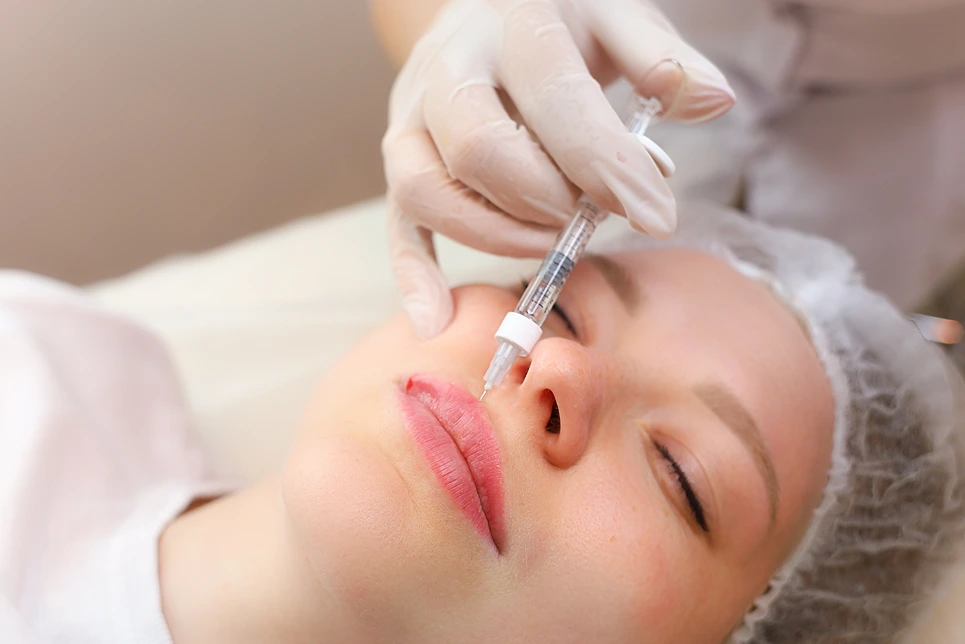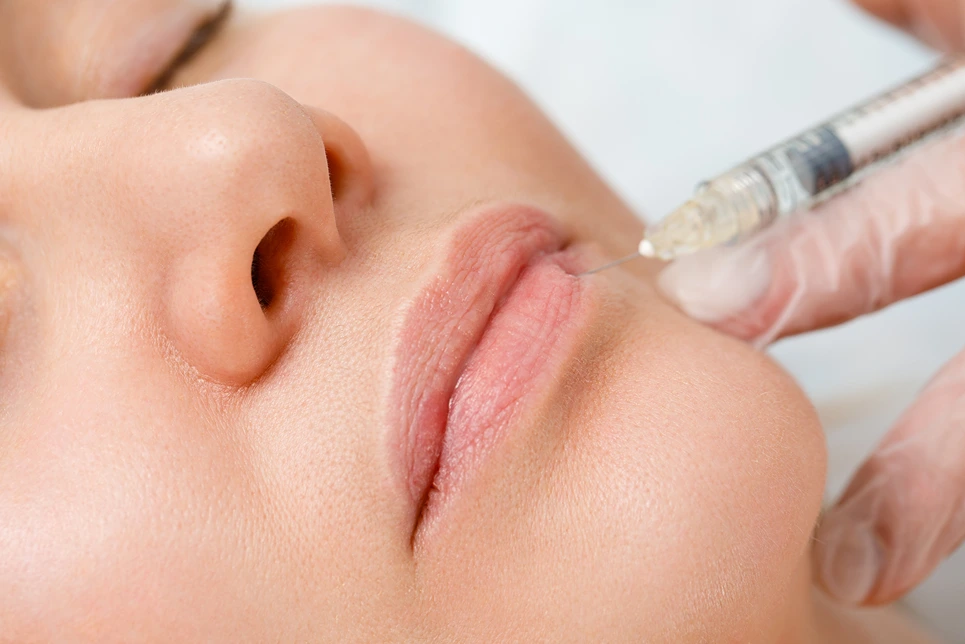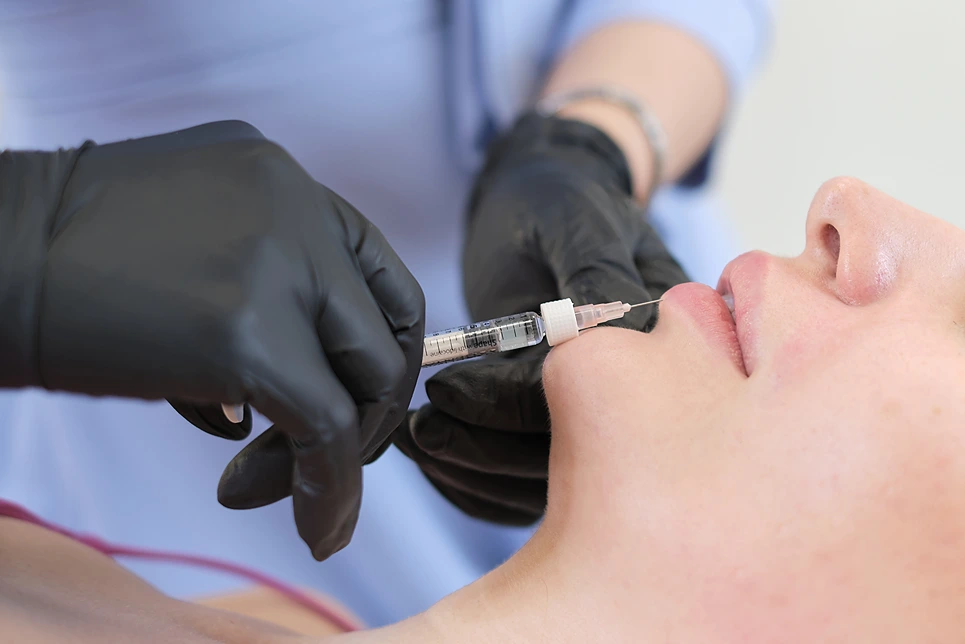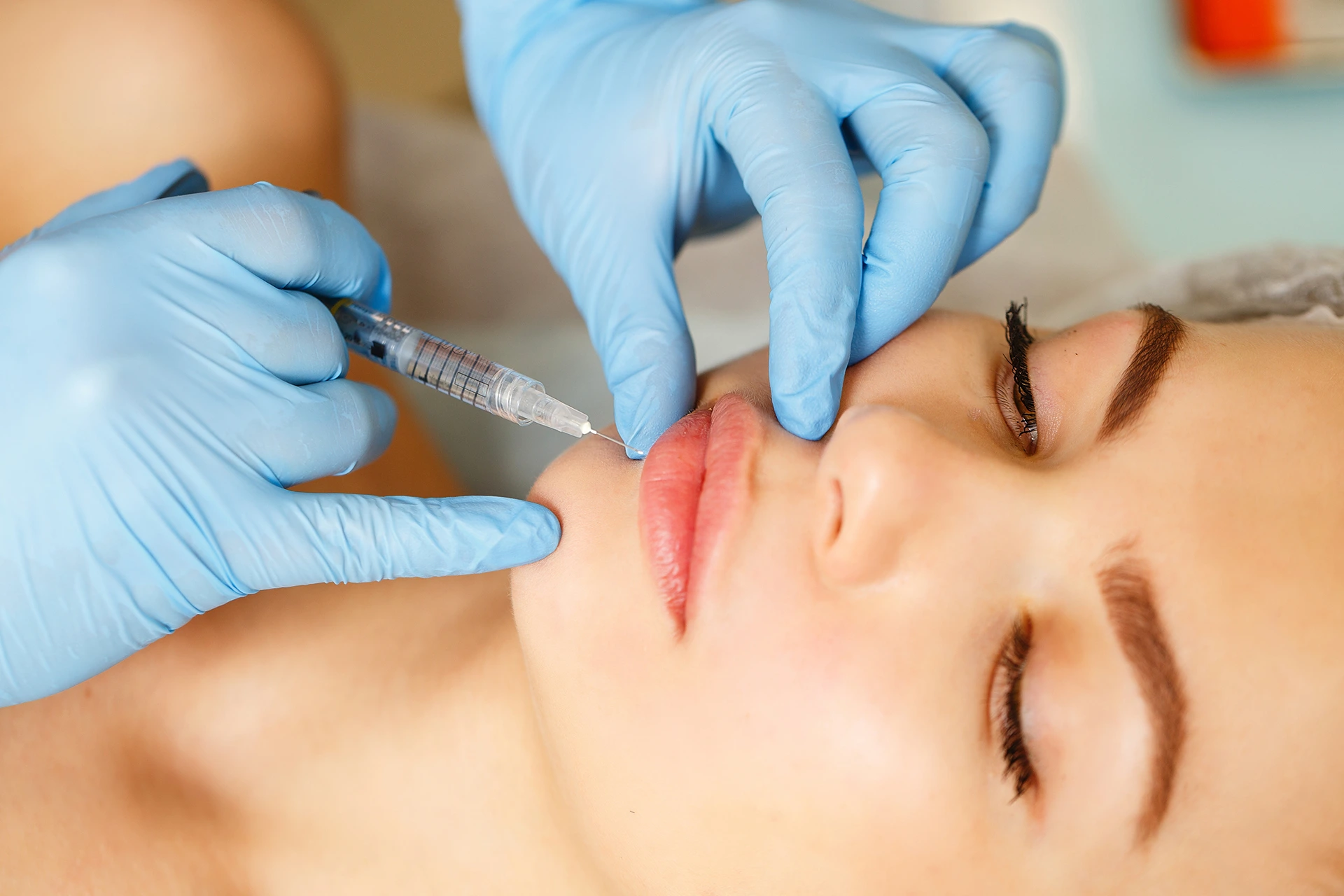Learn how often you need touch-ups, factors affecting longevity, and expert tips for maintaining your desired look.
Lip fillers have become an increasingly popular cosmetic procedure for those looking to enhance their facial appearance.
Whether you’re considering your first injection or you’re a seasoned pro, understanding the frequency of treatments is crucial.
In this comprehensive guide, we’ll explore everything you need to know about lip filler maintenance, from how often you should schedule appointments to factors that influence longevity.
Understanding Lip Fillers: The Basics

Before diving into the frequency of treatments, let’s cover some essential information about lip fillers.
What Are Lip Fillers?
Lip fillers are injectable dermal fillers used to add volume, shape, and structure to the lips. These cosmetic injectables are typically made from hyaluronic acid (HA), a naturally occurring substance in the body that helps retain moisture and create a plump, youthful appearance.
Types of Lip Fillers
There are several types of lip fillers available, including:
1. Restylane
2. Juvéderm
3. Belotero
4. Volbella
Each type has its unique properties and may last for different lengths of time.
The Lip Filler Process
Getting lip fillers is a relatively quick and straightforward procedure. Here’s what you can expect:
1. Consultation: Meet with a qualified injector to discuss your goals and determine the right type and amount of filler.
2. Preparation: The area around your mouth will be cleaned and numbed.
3. Injection: The filler is carefully injected into specific areas of your lips.
4. Results: You’ll see immediate results, though some swelling may occur.
The entire process typically takes 15-30 minutes, making it a popular “lunchtime” procedure.
How Long Do Lip Fillers Last?
One of the most common questions people have about lip fillers is how long they last. The answer isn’t straightforward, as several factors can influence the longevity of your results.
Average Lifespan of Lip Fillers
On average, lip fillers can last anywhere from 6 to 18 months. However, this timeframe can vary significantly based on individual factors and the type of filler used.
Factors Affecting Lip Filler Longevity
Several elements can impact how long your lip fillers last:
1. Metabolism: People with faster metabolisms may break down the filler more quickly.
2. Lifestyle: Smoking, excessive sun exposure, and certain medications can affect filler longevity.
3. Filler type: Different brands and formulations have varying lifespans.
4. Injection technique: The skill of your injector can influence how long results last.
5. Amount injected: Larger volumes of filler may last longer than smaller amounts.
6. Lip movement: Frequent talking, eating, and facial expressions can cause the filler to break down faster.
How Often Should You Get Lip Fillers?

Now that we understand the basics and factors affecting longevity, let’s address the main question: how often should you get lip fillers?
Typical Maintenance Schedule
Most people find they need to schedule touch-up appointments every 6 to 12 months to maintain their desired look. However, this can vary based on individual factors and preferences.
Signs It’s Time for a Touch-Up
Here are some indicators that it might be time for another lip filler appointment:
1. Volume loss: Your lips appear less full than desired.
2. Asymmetry: One side of your lips looks different from the other.
3. Fading results: The enhancement from your previous treatment is no longer noticeable.
4. Desire for adjustments: You want to make changes to your lip shape or size.
The Importance of Patience
It’s crucial to avoid getting lip fillers too frequently. Overuse can lead to:
1. Unnatural appearance
2. Increased risk of complications
3. Stretched skin
4. Lip filler migration
Always follow your injector’s recommendations and resist the urge to get touch-ups too soon.
Maximizing the Longevity of Your Lip Fillers
While you can’t make your lip fillers last forever, there are steps you can take to extend their lifespan:
- Choose the right injector: A skilled professional can ensure proper placement and technique.
- Follow aftercare instructions: This includes avoiding excessive heat, strenuous exercise, and alcohol for the first 24-48 hours.
- Stay hydrated: Drinking plenty of water can help maintain the filler’s volume.
- Protect your lips: Use SPF and avoid excessive sun exposure.
- Maintain a healthy lifestyle: Eat a balanced diet and avoid smoking.
- Consider maintenance treatments: Some injectors recommend small touch-ups more frequently rather than waiting for the filler to completely dissolve.
Can lip fillers be reversed?
Yes, hyaluronic acid fillers can be dissolved using an enzyme called hyaluronidase if you’re unhappy with the results or experience complications.
How much do lip fillers cost?
The cost varies depending on location, injector experience, and type of filler used. On average, expect to pay between $500 to $1,000 per treatment.
The First-Time Experience: What to Expect
If you’re considering lip fillers for the first time, here’s what you should know:
Consultation
Your journey begins with a consultation. During this appointment, you’ll discuss:
1. Your desired results
2. The type of filler best suited for you
3. Potential risks and side effects
4. Cost and maintenance requirements
The Procedure
On the day of your appointment:
- The injector will clean and numb your lips.
- They’ll carefully inject the filler into predetermined areas.
- You may feel some pressure or mild discomfort.
- The process typically takes 15-30 minutes.
Immediate Aftercare
Following your treatment:
- Expect some swelling and possibly bruising.
- Apply ice to reduce swelling.
- Avoid touching or massaging your lips.
- Stay hydrated and avoid strenuous activities for 24-48 hours.
Results and Follow-Up
Initial results are visible immediately, but final results appear after swelling subsides (usually within a week). Schedule a follow-up appointment to assess your results and make any necessary adjustments.
Potential Side Effects and Risks
While lip fillers are generally safe, it’s important to be aware of potential side effects:
1. Swelling and bruising (common and temporary)
2. Infection (rare)
3. Allergic reactions (uncommon)
4. Lumps or asymmetry (can often be corrected)
5. Vascular occlusion (very rare but serious)
Always choose a qualified, experienced injector to minimize risks.
Alternatives to Lip Fillers

If you’re not ready for lip fillers or want to explore other options, consider:
1. Lip plumping glosses and balms
2. Lip exercises
3. Makeup techniques for fuller-looking lips
4. Natural remedies like exfoliation and hydration
Are lip fillers painful?
Most people report mild discomfort rather than pain. Numbing cream is typically used to minimize any sensation during the procedure.
Can I get lip fillers while pregnant or breastfeeding?
It’s generally recommended to avoid cosmetic procedures, including lip fillers, during pregnancy and while breastfeeding.
How soon can I eat after getting lip fillers?
You can eat immediately after the procedure, but it’s best to avoid extremely hot or cold foods for the first 24 hours.
Finding Your Perfect Lip Filler Schedule
Determining how often to get lip fillers is a personal decision that depends on various factors, including your desired look, the type of filler used, and your body’s response to the treatment. While most people find they need touch-ups every 6 to 12 months, your experience may differ.
The key to successful lip augmentation is working with a skilled injector who can help you achieve and maintain your desired results safely and effectively. Remember to be patient, follow aftercare instructions, and listen to your body. With the right approach, you can enjoy fuller, more voluminous lips that enhance your natural beauty.
Always consult with a qualified healthcare professional or certified cosmetic injector to determine the best treatment plan for your individual needs and goals.











